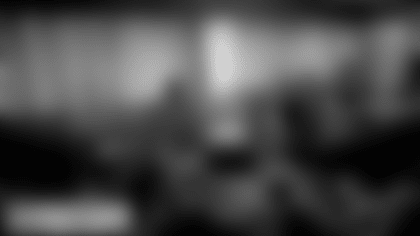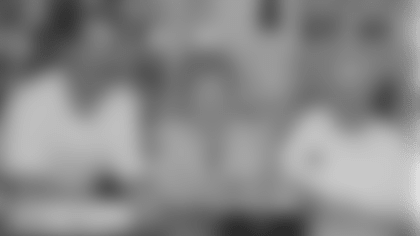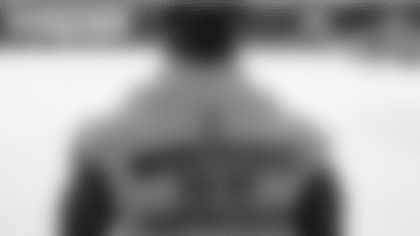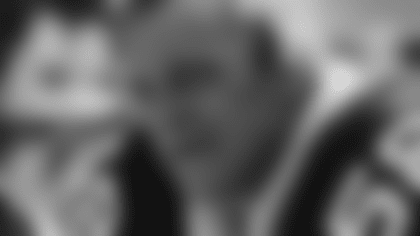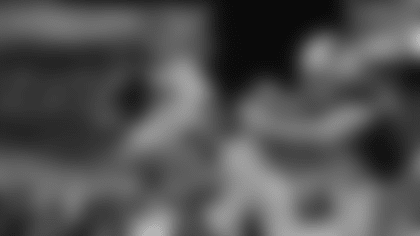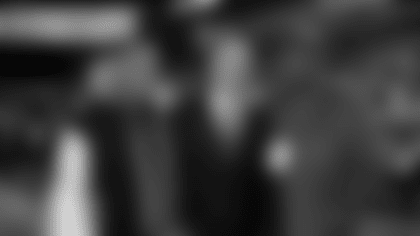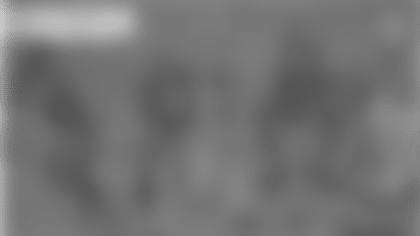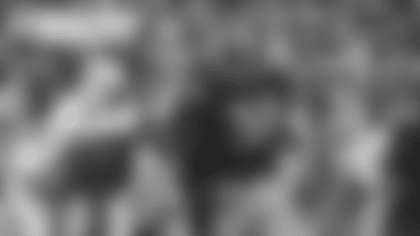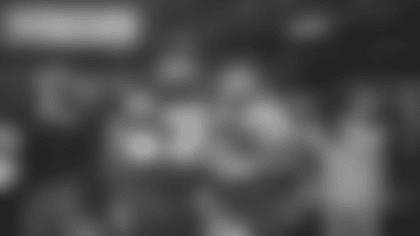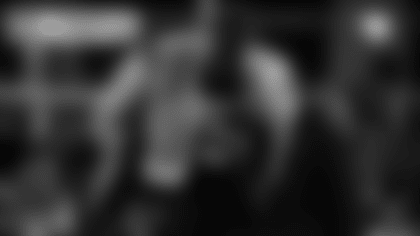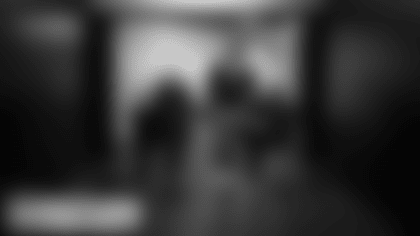Pictures can capture a moment in time, a moment many of us remember and some many never have seen.
So, we decided to share some of those moments in time through 'Picture Perfect' where we will bring to life historical Steelers photos.
Throughout the remainder of the offseason, Steelers.com will be featuring photos that tell the story of the Steelers through the years.
In today's feature, we highlight a scene from training camp at Saint Vincent College in the 1970s.
* * *
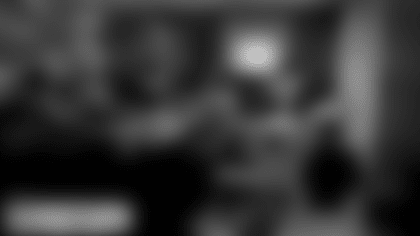
The Steelers have been making the trek to Saint Vincent College for training camp since 1966, missing only two years when camp was moved due to the COVID-19 pandemic.
And things have changed since they first stepped foot on campus. From the fields, to the cafeteria, to the dorms and everything in between, there have been updates and improvements throughout.
One of the things that has changed considerably is technology. Especially when it comes to watching practice films.
In the 1970s, the Steelers, like everyone else in the NFL, were using 16-millimeter film for games and practices, although not everyone shot as much as the Steelers did.
"It was 16-milimeter black and white reversal film," recalled Bob McCartney, the team's former video director. "That was the standard for the NFL back in the day. Video directors were independent contractors that did the film, and they only did games film. And when I got hired (Coach) Chuck (Noll) was looking for somebody to film full-time. That's how I got started.
"The Steelers never filmed practice. When Chuck came on board, I had Dan Rooney's Kodak Brownie camera. That's what we filmed with, and we used cartridges. Stick a cartridge in and that was it. It was foolproof. Stick a cartridge in the camera through practice. And then at the end practice, I got in the car and drove to Pittsburgh to the film lab and then got back in the car after it was done and drove it back to camp. But there was no such thing as filming practice before that. So, once we got into it, that's basically what happened. We would film practice, drive in to Pittsburgh and come back. Then we got our own film lab. We actually had a trailer that we took up to Saint Vincent's behind and put it behind where the gym is now."
Throughout the main dorm building the Steelers used on Saint Vincent Campus, which was Bonaventure Hall, there were meeting rooms for players and coaches to utilize before and after practice to watch film.
And that they did, even gathering in their practice gear, shoulder pads and all, on any given day.
"When we went to Saint Vincent, that's the first place we stayed, Bonaventure Hall," said McCartney. "On every floor there were two or three lounges, they were student study lounges. Those were our meeting rooms, and that's where the photo is from. It's the linebackers meeting room in Bonnie."
A large conference room table took up the majority of the space in the room where the linebackers met, with a handful of chairs surrounding it, and even some floor space for those who just wanted to get a little more comfortable.
With then linebackers coach Woody Widenhofer sitting right next to the projector, he was surrounded by players whose names would forever be associated with Steelers linebackers in Jack Lambert, Jack Ham, Andy Russell just to name a few.
The players would often watch film either right before or after practice, which is why they would be sitting in the meeting room with their helmets on their laps and wearing their shoulder pads, knowing they had to be ready to go to the field most times the minute the meetings ended.
The centerpiece of the table was a large, reel to reel projector, pointed at a brick wall with a large screen, but the image displayed much smaller than anything players are accustomed to today.
Being the meeting room was surrounded by windows, in particular one side where the sun would constantly shine in, it meant one thing. It was hard to watch the practice films.
So that is why McCartney had to find a way to get creative.
"There weren't any blackout curtains then," said McCartney. "And dealing with film, the coaches were always complaining because they couldn't see because it was black and white film. The windows were all washed out with the sun on the backside and the front side particularly.
"So, we went to the cafeteria, and we got aluminum foil from the kitchen staff, and we foiled the windows. The first couple of years we were there, the big team meeting room was downstairs at Bonaventure Hall and there weren't many windows. They were behind everything, so it wasn't too bad.
"But when they moved the team meeting room to a different building, we had to go and foil the windows that were 15-feet up in the air, and they were six-or eight-foot windows. We were up on the scaffolding, myself, Chris Parisi and Mike Rooney. We were all there putting aluminum foil over the windows. That's what is on the windows behind the players on the one side. It's aluminum foil over the windows with athletic tape.
"We were all very resourceful. Whatever we could do, and the least expensive way we could do it, we did it."
